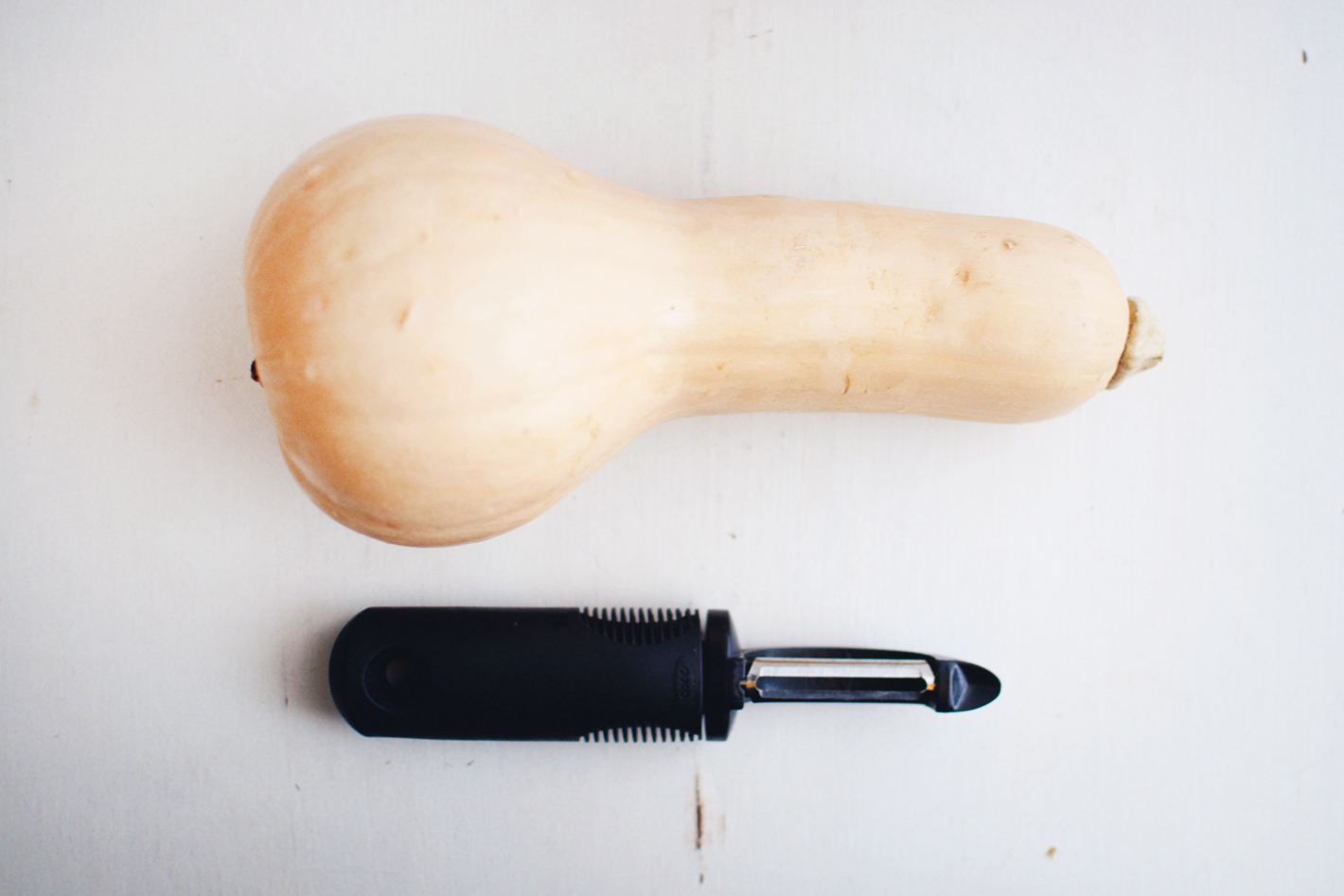
We receive A LOT of requests for one pot meal recipes in our family — especially in the breezy, Winter season. With time being a limiting factor for most of our readers, we understand that throwing everything together is really the way to go. Less thinking = more resting. We get it!
The whole Wong/Jeong fam are fans of warm bowls of goodness. From soups to stews, we love when we can make a big batch for the entire household and serve it up throughout the week, but…is there a SECRET to creating balanced flavor, texture, and nutrients for our “one pots”? You bet!
Here’s Some History on the “Slow Cooker”
A slow cooker (aka – Crock-Pot) is an electrical, counter top cooking appliance that is used for simmering foods at a low temperature for a long period of time. Invented in the 1970’s, during a time when convenience foods were also a hit, many recipes called for the addition of canned broths, veggies, or soups, and sodium-filled seasoning packets to extend flavor and substance.
Although you can make one pot meals without the handy slow cooker gadget, I do like to pull out the ol’ college gift from my mom every once in awhile.
PROS
- You set it and forget it.
- Tougher, less expensive cuts of meat (usually leaner too) come out tender and moist.
- The pot itself is quite affordable (~$35 – $100)
CONS
- Overcooking veggies due to the long simmer, kills lots of nutrients (but we have a fix for that…below)
Our Secret: Building Layers
Given our philosophy on keeping thins SIMPLE, we won’t be putting anything processed in our “one pot.” Also, to give texture and retain more nutrients, we’re going to use a layering trick to cook the starchy, harder vegetables towards the bottom of the pot and the leafy ones towards the top. Here’s what you’ll need:








Fresh Ingredients
- Aromatic vegetables (your base) – a vegetable used as a flavor base like garlic, onions, celery, or peppers.
- Starchy vegetables (more cook time) – like sweet potatoes, potatoes, or hard squash
- Leafy & water-based vegetables (less cook time) – like cabbage, kale, chard, tomatoes, asparagus, broccoli, green beans, and more.
Simple Seasonings
- Sea salt
- Pepper
- One or two herbs/spices – like thyme, oregano, cumin, paprika, turmeric, chili pepper flakes, and more. (Download our free spice guide when you subscribe to our newsletter here.)
The Meat (or beans can work too)
- Red Meat – roasts, london broils, or stew meat are generally leaner and less expensive.
- Poultry – whole chickens, and other bone-in pieces come out moist.
- Pork – roasts, or loins are also lean and retain moisture.

- 2 large onions, in 1” cubes
- 3 cloves garlic, minced
- 2 cups celery, roughly chopped
- 3 cups butternut squash, in 1” cubes (or potatoes work too)
- 6 cups cabbage (or kale or chard work great too)
- 3 cups tomatoes, roughly chopped
- ½ cup parsley, roughly chopped
- 1 teaspoon sea salt, plus more to taste
- 1 teaspoon pepper, plus more to taste
- 2 teaspoons dried thyme
- 2 pinches of chili pepper flakes
- 2 pounds of london broil (or roast, pork loin, whole chicken, or more)
Instructions
- Layer the bottom of your slow cooker with ¾ of your aromatics (celery, onion, and garlic). Add ¾ of your starchy vegetable (butternut squash). Add ¼ of your leafy (and supporting) vegetables (tomato, cabbage, and parsley). The slow cooker should be about ¾ full.
- Place the 2 pounds of meat on the bed of vegetables. Sprinkle ½ teaspoon salt, ½ teaspoon pepper, 1 teaspoon thyme, and a pinch of chili flakes on top of the meat.
- Layer the remaining celery, onion, garlic, squash, tomatoes, and cabbage around the meat and on top of the meat, smashing it down gently. You most likely will have extra cabbage that you can add towards the end of the cook time.
- Sprinkle the remaining ½ teaspoon salt, ½ teaspoon pepper, 1 teaspoon thyme, and a pinch of chili flakes on top of the vegetables.
- Pour 1 & 1/4 cup of water over everything. Cover and turn on to a medium setting (~6 hours).
- One hour before serving, remove the meat, shred it and re-add it along with any remaining cabbage.
Notes
Enjoy on top of wild rice or by itself. Store the extras in a sealed bowl for leftovers.

Reheating leftovers
On busy, solo nights, I absolutely LOVE eating a few scoops of stew and a small scoop of rice straight out of my mini saucepan (while catching up on my favorite magazines).
If you are heating it up for two or more, simply scoop what you need into a separate pot and reheat on low. Enjoy!
Kale. All Day. Err Day.








I absolutely love how you’ve broken down the slow-cooker method here. I’ve always wondered how veggies could simmer for six hours and still be worth eating! This recipe would make a great contribution to this month’s Shine Supper Club (the theme is one-pot meals). I hope you’ll join us!
Hi Sarah! Thanks so much for checking out our posts and diving into the ONE POT meal. The Shine Supper Club sounds like fun. We’ll definitely check it out!
Here’s what we do… we estimate based off of what time we need to eat and what time we’re actually throwing things in the pot. Use HIGH if you need it in less than 5 hours. Use LOW if you have more like 8 hours before you enjoy your fab meal. Does that help a bit?